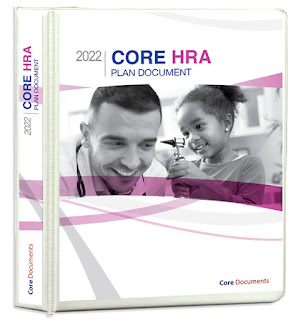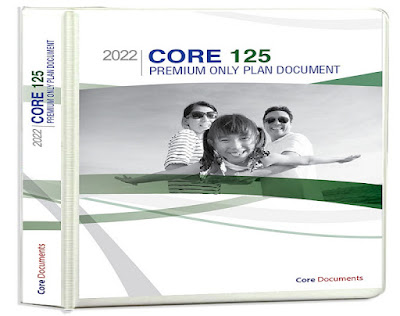A Complete Guide On Cafeteria Plan Document
In every state in the nation, several businesses design and manage a wide range of employee benefit programmes that are approved by the Internal Revenue Service. (IRS). One of these, the section 125 pop document plan, also referred to as the cafeteria plan, has existed since 1978.
 |
| Cafeteria Plan Document |
What is Cafeteria Plan Document?
Employees can convert taxable
benefits, such as a cash pay, into non-taxable benefits by using a Section 125
plan, which is part of the IRS code. Before taxes are paid, these perks may be
taken out of an employee's paycheck. The cafeteria
plan document is most beneficial to participants who frequently incur
expenses for child care and medical issues.
Employees who participate in a Section
125 pop document plan have the option to prepay insurance premiums and
other expenses that can later be used for certain qualified medical and child
care costs. Depending on where they live, participating employees can save
anywhere from 28% to 48% in combined federal, state, and local taxes on a
variety of items they often already purchase with their own money after taxes.
What Section 125 Includes and what expenses does it cover?
Employees can often utilise pre-tax
funds to pay for health insurance premiums under a Section 125 plan (medical,
dental, vision). Retirement savings, additional life or disability insurance,
Health Savings Accounts, and various medical or dependent care costs are
further alternatives.
Under a Section 125 plan or cafeteria plan document, a variety of
medical and child care expenses are available for reimbursement. Numerous
qualified expenses for medical supplies and procedures are eligible for
reimbursement.
There are also many different
qualifying over-the-counter products available. Among the several goods that
qualify are allergy medications, cold medications, contact lens solutions,
first-aid kits, painkillers, pregnancy tests, sleeping pills, and throat
lozenges. Numerous products that serve two purposes are acceptable, including
sunscreen, orthopaedic shoes, prenatal vitamins, and dietary supplements.



Comments
Post a Comment